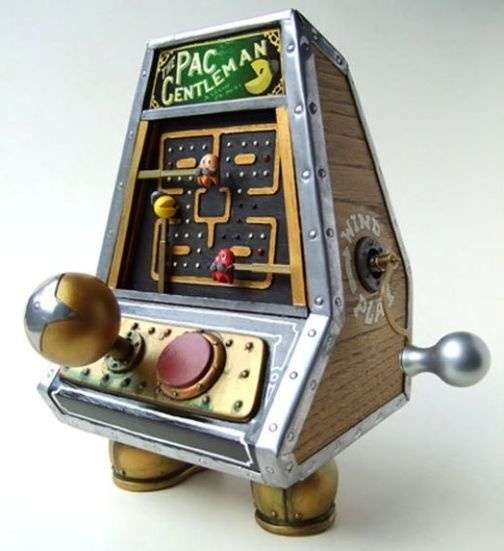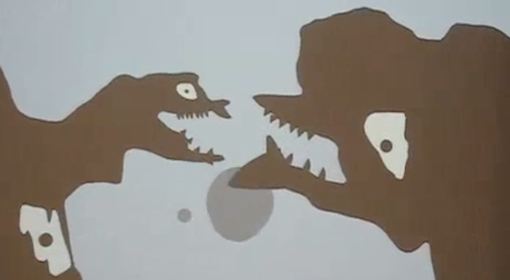“The Souls of Toys”
 Monday, January 28, 2013 at 9:54AM
Monday, January 28, 2013 at 9:54AM 
An excerpt from On Dolls, a collection of essays and reflections that explore the seriousness of play and the mysteries of inanimate life… French poet Charles Baudelaire reflects on the souls of toys:
The overriding desire of most little [kids], on the other hand, is to get at and see the soul of their toys, either at the end of a certain period of use, or on occasion straightaway. On the more or less swift invasion of this desire depends the lifetime of the toy. I cannot find it in me to blame this infantile mania: it is the first metaphysical stirring. When this desire has planted itself in the child’s cerebral marrow, it fills his fingers and nails with an extraordinary agility and strength. He twists and turns the toy, scratches it, shakes it, bangs it against the wall, hurls it on the ground. From time to time he forces it to continue its mechanical motions, sometimes in the opposite direction. Its marvelous life comes to a stop. The child, like the populace besieging the Tuileries, makes a last supreme effort; finally he pries it open, for he is the stronger party. But where is its soul? …
Photo credit: T-O-Y, Toy (Woody from Toy Story) by Fernando de Sousa, used by permission via Creative Commons



